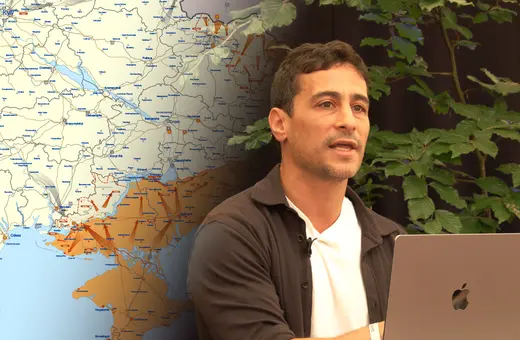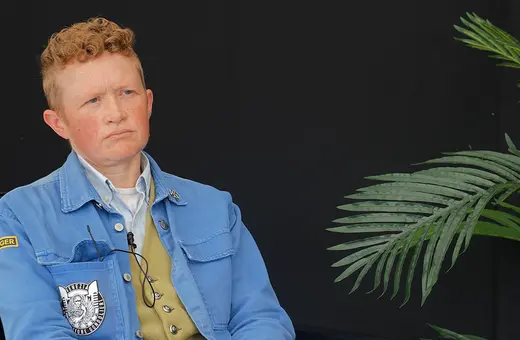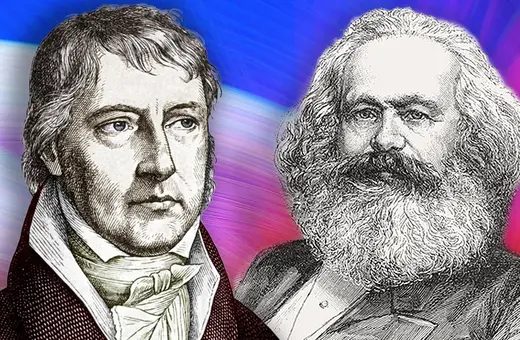Most of us are fascinated by creativity. New ideas in science and art are often hugely exciting – and, paradoxically, sometimes seemingly “obvious” once they’ve arrived. But how can that be? Many people, perhaps most of us, think there’s no hope of an answer. Creativity is deeply mysterious, indeed almost magical. Any suggestion that there might be a scientific theory of creativity strikes such people as absurd. And as for computer models of creativity, those are felt to be utterly impossible.
But they aren’t. Scientific psychology has identified three different ways in which new, surprising, and valuable ideas – that is, creative ideas – can arise in people’s minds. These involve combinational, exploratory, and transformational creativity. The information processes involved can be understood in terms of concepts drawn from Artificial Intelligence (AI). They can even be modelled by computers using AI techniques.
The first type of creativity involves unfamiliar combinations of familiar ideas. This is widely recognised. Indeed, it’s usually the only type that’s mentioned, even by people professionally committed to the study of creativity. Examples include puns, poetic imagery, and scientific analogies (the heart as a pump, the atom as a solar system).
The second, exploratory creativity, arises within a culturally accepted style of thinking. This may involve cooking, chemistry, or choreography, and, of course, it may concern either art or science. The notion that creativity is confined to the arts or to the “creative industries” is mistaken.
In exploratory creativity, the rules defining the style are followed, explored, and sometimes also tested in order to generate new structures that fit within that style. An example might be another impressionist painting, or another molecule within a particular area of chemistry. So rules aren’t the antithesis of creativity, as is widely believed. On the contrary, stylistic constraints make exploratory creativity possible.
The third and final form is transformational creativity. This grows out of exploratory creativity, when one or more of the previously accepted rules is altered in some way. It often happens when testing of the previous style shows that it cannot generate certain results which the person concerned wanted to achieve. The alteration makes certain structures possible which were impossible before.
For instance, the “single viewpoint” convention of classical portraiture implies that a face shown in profile must have only one eye. But cubism dropped that convention. Features visible from any viewpoint could be represented simultaneously – hence works such as Picasso’s The Weeping Woman (1937), which depicts its subject with two eyes on the same side of her face.
As that example reminds us, transformational creativity often produces results that aren’t immediately valued, except perhaps by a handful of people. That’s understandable, because one or more of the previously accepted rules has been broken.
All three types of creativity have been modelled by computers (and all have contributed to computer art). That is not to say that the computers are “really” creative. But it does demonstrate that they at least appear to be creative. Their performance would be regarded as creative if it were done by a person.
You might think that, with respect to combinational creativity, this isn’t surprising. After all, nothing could be simpler than to provide a computer with words, images, musical notes etc and get it to combine examples at random. Certainly, many of the results would be novel, and surprising.















Join the conversation